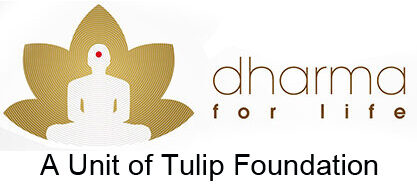My Review on Ālāpa Paddhati (The Ways of Verbal Expression) by Ācārya Devasena
I was delighted and honoured at the same time to receive the most recent scholarly gem by respected Vijay K Jain Sir. Titled Ālāpa Paddhati as clearly by its name that it describes the ways of verbal expression, written by Ācārya Devasena sometime during the end of the tenth century of Vikrama Samvat, which is almost 57 years ahead of the modern calendar.
Starts with the invocation of the liberated souls; the text covers the topics of the substances (dravya), their qualities or attributes (guna), modes (paryāya), and nature (svabhāva). It emphasises the understanding of the complex and wide topics of the standpoints, known as naya in Jain philosophy, and secondary standpoints (upanaya), valid-knowledge, the etymology of valid-knowledge and many other philosophical topics, to know reality.
As one proceeds on the journey of seeking the truth, one realises that in the absolute sense, there are only two substances to know in the entire cosmos: Jīva (the Soul) and Pudgala (the matter). India’s whole ancient wisdom and the texts based on knowledge are ultimately the descriptions of the union, separation, attributes, modes, and svabhāva (nature) of these two. In this context, the Jain thinkers have given countless ways to understand a specific topic. For example, they’ve given two viewpoints: for the seekers who have reached a higher level of understanding, there is the absolute or transcendental viewpoint, and for the beginners, there is the practical viewpoint. Interestingly, whatever we see, observe and learn through our senses and mind falls under the ambit of the practical viewpoint. Whereas the transcendental viewpoint begins where the boundaries of senses and mind end. To understand it further, I am sharing two statements from the text: sensory knowledge is the soul, and omniscience is the soul. Here, the first statement belongs to the practical viewpoint, whereas the second belongs to the absolute viewpoint.
I wish honorary Vijay sir the best in his pursuit of knowledge. He is an inspiration for me and for all the fellow travellers who wish to seek the truth. Once again, I express my heartfelt gratitude to him, his daughters, Sonal and Mallika and of course, his wife, without whom sir’s scholarly journey wouldn’t have been possible.
Dr Medhavi Jain
Founder
Dharma For Life


